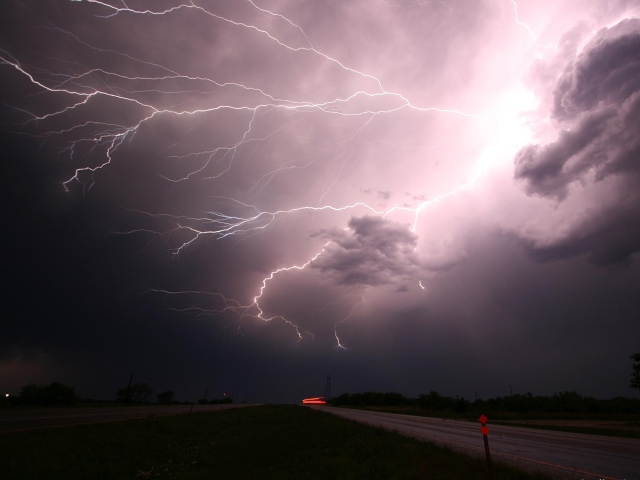[imagesource:neepix]
Down here where the two oceans meet we hardly ever see severe lightning, where only on occasion, the rumbling fart of thunder might roll over the mountain.
But if you’re living in the northern parts of South Africa, you might want to reconsider a hot shower when bolts of lightning are zig-zagging their way past the Hillbrow Tower.
According to the experts, having a shower, a bath, or even washing the dishes can put you at serious risk of an errand lighting bolt finding its way into your home.
Yes, just like a cockroach, lightning can use your plumbing as a conduit, and even just washing your hands can make you a perfect target for Thor’s bolts.
The danger lessens to some degree if you have plastic plumbing, but water is still a pretty good conductor of electricity, so even if your copper pipes have already been ‘redistributed’ to a scrapyard somewhere, you might still be at risk.
“The risk of lightning traveling through plumbing might be less with plastic pipes than with metal pipes, however, it is best to avoid any contact with plumbing and running water during a lightning storm to reduce your risk of being struck.”
Granted, the above advice was recently released by the US Centers for Disease Control and Prevention (CDC), but as far as we can tell, our lightning works in the same way as the Northern Hemisphere. Theirs might just make a ‘freedom’ sound, whereas ours just goes ‘kabang’.
Why the CDC had to enter the meteorological fray is unknown. Perhaps lightning will soon be declared a disease similar to how homosexuality is viewed in some of their states. After all, Freddie Mercury was gay and he sang about thunderbolts and lightning. And they can be very, very frightening.
Idiocracy aside, heavy weather seems to have become more frequent lately and Mother Nature seems to have grown a bit tired of our shenanigans as we exit humanity’s honeymoon phase. We used to get on so well until humans began treating our house like public toilette. Mom’s had enough, and electric pots and rolling pins come hurtling our way with more regularity these days.
Back to the science.
A thunderclap happens when lightning strikes, heating the air around the bolt to as high as 27760 degrees Celsius, five times hotter than the surface of the sun. Immediately after the flash, the air cools and contracts quickly and this rapid expansion and contraction creates the sound wave that we hear as thunder.
Lightning can kill in many ways. A direct strike is most often fatal, the CDC said, but injuries such as blunt trauma, skin lesions, burns as well as brain, muscle, and eye injuries can occur from touching a car or metal object struck by lightning. The current can also travel through the ground, bounce off a person or object, or even stream up from objects near the ground.
About 180 people per year are injured by lightning, and 10% of people struck by lightning die. Those who work outside are at highest risk. If there are no safe hiding places in sight, crouch down in a ball position, put your feet together, tuck your head, and cover your ears.
Kind of like you would do if you see a blue light convoy.
Now that we’ve unlocked yet another new fear for you, let’s at least take a moment to acknowledge how magnificent lightning can be. So while you cower under your desk as the thunder rolls through your area, behold the beauty of mother nature in her fiercest “I want a divorce!” attitude:
[source:cnn]





